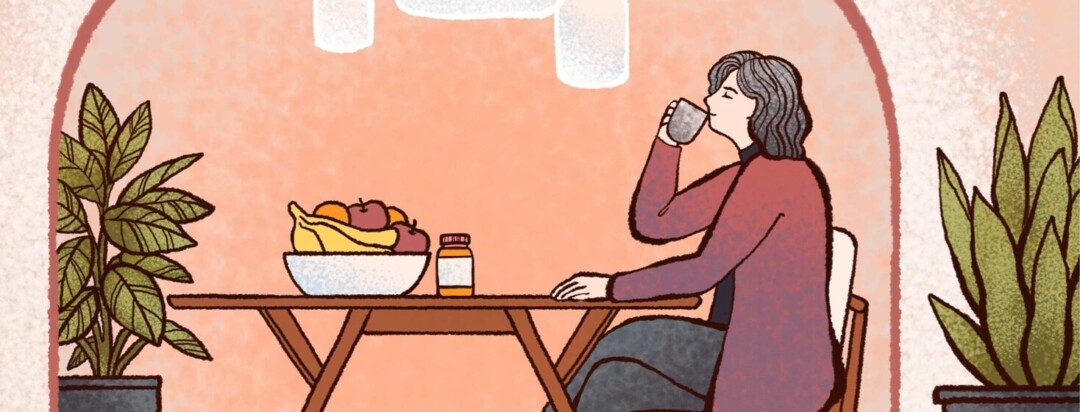Aging Gracefully With Myasthenia Gravis
Myasthenia gravis (MG) has not been studied sufficiently in older adults. But, more and more often, MG is being found in the older population. In fact, my diagnosis came just before my 60th birthday. Even so, it’s possible MG may still be greatly underdiagnosed in older patients. The primary reason? As we age, many changes associated with aging are also some of the symptoms of MG.1
Featured Forum
View all responsesMG never crossed my mind
For several years, I had droopy eyelids. I just figured it was due to the edema I had been living with for years, but also because my dad also had droopy eyelids. His eyelids became so droopy, he had to have surgery on them so he could see. When mine started doing that, MG never crossed my mind. I just thought it was the edema or I had inherited that trait from him.
According to my neurologist at the time of my diagnosis, the thymus tissue begins to decrease in size and is replaced by fat during normal aging. Because of my age, my doctor didn’t think my thymus was an issue, but still, they did a CT scan to be sure. Fortunately – or unfortunately – for me, my thymus was not a problem.2
Subtle changes in my symptoms as I age
As I get older, I’ve been noticing a subtle difference in how I feel every day. During the first few years with my diagnosis, there were many times I could almost forget I had MG. However, now I’ve noticed that I tire a little quicker and have slightly more weakness and cramping than those years since I started on CellCept.
My eyes hadn’t bothered me in several years, but the last 2 years or so, I’ve had more and more issues with blurred vision and in how my eyes feel in general. The changes haven’t been drastic. In fact, I barely noticed the changes until recently.
Still, my symptoms aren’t overwhelming. I’m able to stay on the go for hours, but the hours are slightly fewer, and my rebound time takes longer. So, what can we do to age well with MG? Here are a few suggestions.
Tips for aging well with MG
Stay active
We should stay physically active. I do this by keeping up with my housework, but also with the things I enjoy doing, such as gardening, exercising, taking my dog for a walk, and spending time doing things with my family.
Make your home safe
Insure your home is safe for your aging body. Install safety features, such as grab bars, as needed. In some cases, you may not be able to make changes to your home. If that's not possible, be sure someone is always there with you when bathing or doing other activities where you could be hurt. You can also consider getting an emergency call device.
Make sure your walkways are clear of debris. I have a tub I have to step over so I can shower, but I do make sure my husband knows I’m going to shower so he can get help for me should I fall.
Maintain a healthy diet
Maintain a good, nutritional diet and don’t forget your fluids. I always make sure I keep track of my fluids. I take water with me when I go anywhere, even when I go to bed. To be sure I’m getting enough nutrients, I eat a balanced diet and take a multivitamin for seniors.
Keep your brain busy
Natural aging can decrease our cognitive abilities, and MG compounds the problem. I always try every day to engage in some form of mind stimulating activity. So not only do I keep my body moving, I also keep my mind busy with a variety of things.
Hope for a better understanding of late-onset MG
Hopefully the medical community will have a better understanding of the characteristics of late-onset MG and allow for a much safer assessment of the symptoms the patient has and improve on diagnosis and treatment.

Join the conversation